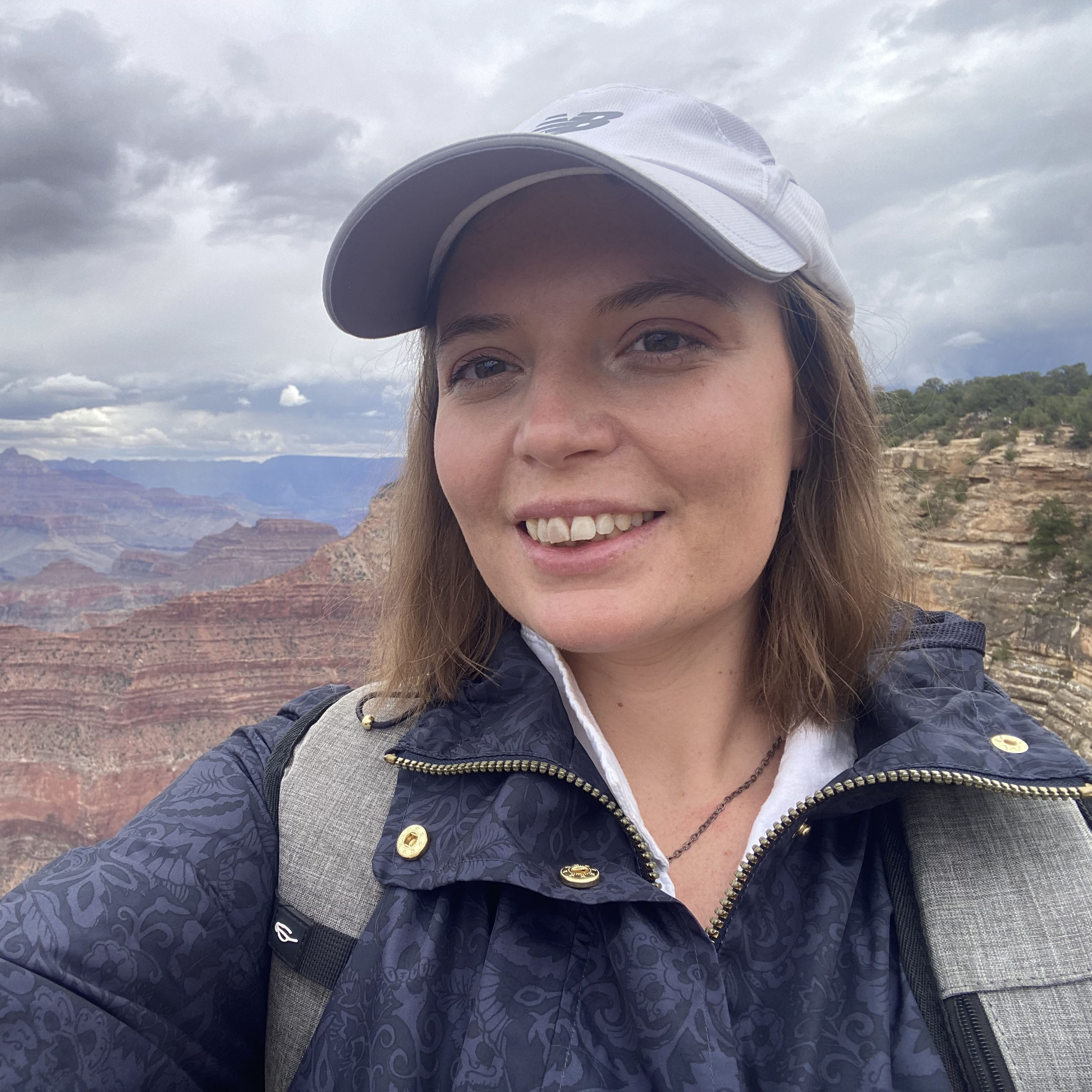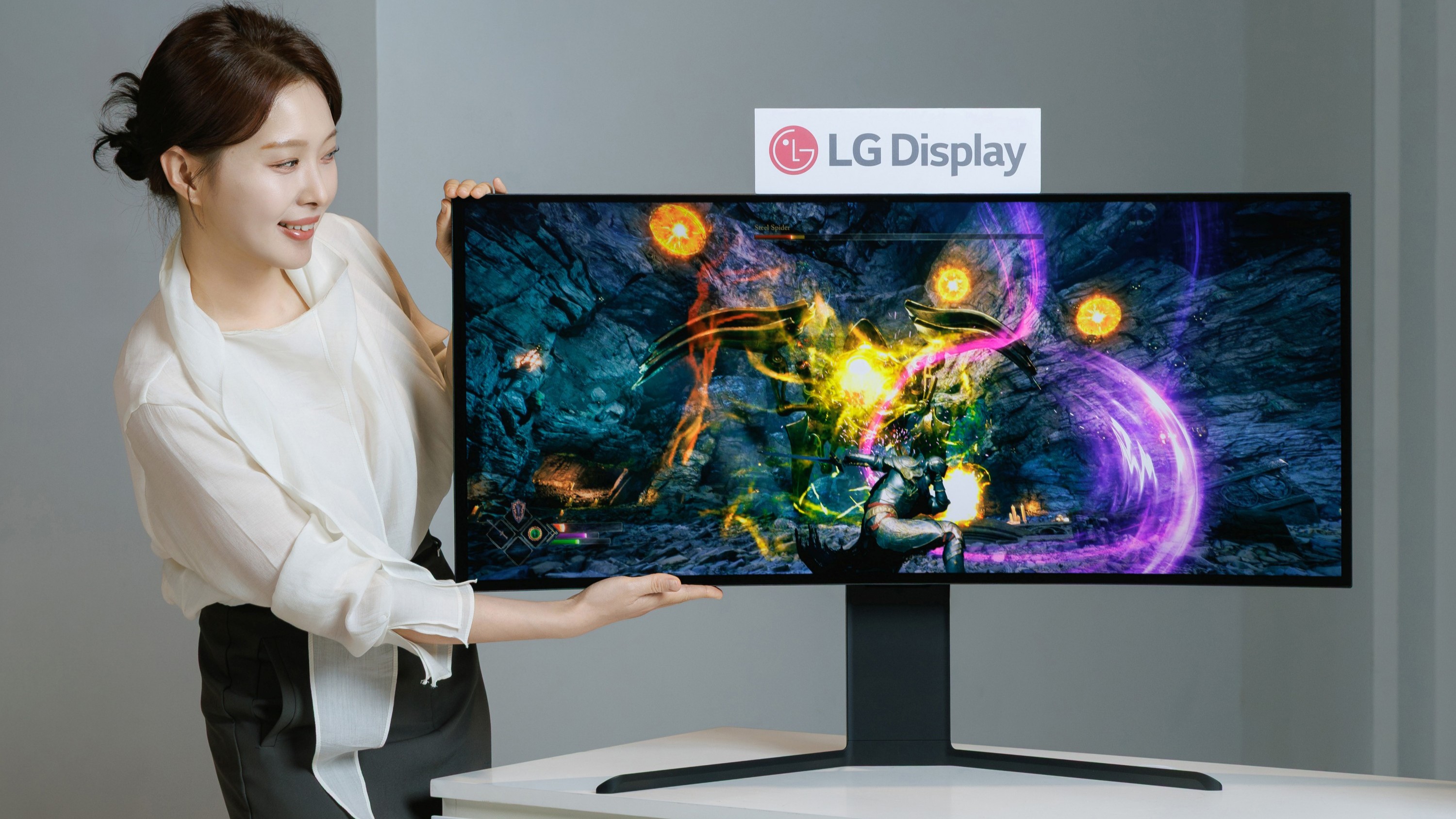Can't sleep? This is why your mind races when you go to bed, according to a doctor of sleep medicine
Why racing thoughts keep you awake at night — and what to do about it

You know the drill: Your head hits the pillow and suddenly every thought that crossed your mind during the day has come roaring back. Every minor worry, every tiny niggle is suddenly running around your head. No wonder racing thoughts have a habit of stopping you from sleeping – who could sleep with all that noise going on?
So why does this happen? Dr. Sujay Kansagra, a double-board certified pediatric neurologist and doctor of sleep medicine at Duke University Medical Centre, shares why on Instagram: “your mind links bed as a place to worry”.
Even the best mattress won't help you sleep if you've come to see associate it with stressful, racing thoughts. Here, sleep expert Dr. Kansagra explains what causes your mind to race, why it disrupts your sleep, and some steps to take to help with the problem.
Why does your mind race at night?
In the quiet and dark sanctuary of the bedroom there's no other distractions, allowing your brain to focus on the worries you don't have time for during the day. Negative thoughts present themselves, and as emotions are often amplified when we're tired, small issues seem like big worries. Meanwhile, your weary brain skips from one thought to the other, creating that stressful, scattered feeling.
This becomes a cyclical problem. You lie awake with racing thoughts, so your brain starts to associate being in bed with feeling stressed. When you crawl beneath the covers the next night, instead of recognizing this as a signal to sleep, your brain sees it as a sign to reflect. “The bed has become a place where you think and worry,” explains Dr. Kansagra.
A post shared by Sujay Kansagra, MD (@thatsleepdoc)
A photo posted by on
Why do racing thoughts stop you from sleeping?
It’s normal to be kept awake by anxious thoughts from time to time. Maybe your car broke down, you have a big meeting coming up, you’ve lost your house keys… there are all kinds of problems that can cause racing thoughts and disrupted sleep.
It becomes an issue when these racing thoughts are happening regularly, and with no clear reason. Even after a calm and relaxing day, you might find your mind starts to race as soon as you get into bed. Over time, this can lead to sleep deprivation.
Get instant access to breaking news, the hottest reviews, great deals and helpful tips.
When your thoughts are racing, your brain can’t start the slowdown process it needs to fall asleep. A racing mind can also result in physical symptoms. Tight shoulders, rapid breathing, a tendency to toss and turn – it all stops your body from calming down and drifting off.
How to stop racing thoughts from ruining your sleep
If racing thoughts are causing insomnia, Dr. Kansagra recommends speaking to a sleep specialist about CBT-I. CBT-I (or Cognitive Behavioral Therapy for Insomnia) is a therapy treatment that involves restructuring thoughts and patterns with the aim of achieving better sleep.
Here, we’re going to look at some practical tips based on CBT-I that you can incorporate into your everyday sleep hygiene routine. As Dr. Kansagra describes, these methods are used "to make the bed a place where you relax and are calm, not the place where you think and worry.”
@thatsleepdoc Diagnostic Criteria (From ICSD-3) Criteria A-F must be met: A. The patient reports, or the patient's parent or caregiver observes, one or more of the following: -Difficulty initiating sleep. -Difficulty maintaining sleep. -Waking up earlier than desired. -Resistance to going to bed on appropriate schedule. -Difficulty sleeping without parent or caregiver intervention. B. The patient reports, or the patient's parent or caregiver observes, one or more of the following related to the nighttime sleep difficulty: -Fatigue/malaise. -Attention, concentration, or memory impairment. -Impaired social, family, occupational, or academic performance. -Mood disturbance/irritability. -Daytime sleepiness. -Behavioral problems (e.g., hyperactivity, impulsivity, aggression). -Reduced motivation/energy/initiative. -Proneness for errors/accidents. -Concerns about or dissatisfaction with sleep C. The reported sleep/wake complaints cannot be explained purely by inadequate opportunity (i.e., enough time is allotted for sleep) or inadequate circumstances (i.e., the environment is safe, dark, quiet, and comfortable) for sleep. D.. The sleep disturbance and associated daytime symptoms occur at least three times per week. E. The sleep disturbance and associated daytime symptoms have been present for at least three months. F. The sleep/wake difficulty is not better explained by another sleep disorder. Additional resources: Go to Google maps and search for “sleep psychologist near me”. For online CBTi: Some workplace heath plans and the NHS offer app called Sleepio. Dr. Lullaby offers combo of person and online CBTi For milder insomnia, Sleep Reset is a program that could help. Share others if you know a reliable source for CBTi
♬ original sound - Sujay Kansagra, M.D.
1. Keep a worry journal
A worry journal is a place to record your thoughts and concerns, so they’re out of your mind and on the page instead. Dr. Kansagra describes this a worry journal as a time for your brain to “mentally unload”.
“In our fast paced world, the only time we have with our thought is often when we’re laying in bed trying to fall asleep and thus, naturally, all the things that we’re worrying about and thinking about start coming up.”
By keeping a worry journal, you can think through these worries, before they plague you at night. This is a good opportunity to reflect on what your stressors are, which can help you identify the sources of your anxiety.
2. Try mindful breathing
Mindful breathing exercises encourage you to slow down. When you’re focusing on something like the moon breathing technique, where you alternate which nostril you breathe through, there's less mental energy left for your busy thoughts.
There are many types of breathing techniques that can be used to reduce stress and encourage sleep. They require regular use and practice, so that you become accustomed to the routine. We recommend trying a few techniques, to help you find what works best for you – our guide to three breathing exercises to reduce stress and fall asleep can help

3. Leave your bed and bedroom
Staying in bed when you can't sleep due to racing thoughts only increases the association between 'bed' and 'stress'. By getting out of the bed and leaving the room, you'll disrupt this link, helping your brain remember that when you go to bed, you want to sleep.
This technique can be used whether you're struggling to drift off after first getting into bed, or if you've woken up in the middle of the night and can't fall back asleep. After fifteen to thirty minutes of lying awake, get up and move to another room. Here, pick up calming and screen free activity (like reading or meditation) until your thoughts are calm and you're feeling sleepy.
4. Limit the time spent in bed
Although your natural instinct might be to spend more time in bed when you're lacking sleep, this can actually have an adverse effect. Instead of spending those extra hours sleeping, you might find you have more time alone with your racing thoughts. By limiting the time spent in bed, you shorten your sleep window, so you're less likely to spend time lying awake.
Dr. Kansagra describes this as sleep restriction therapy, and recommends speaking to a sleep specialist for advice on making this tip work for you. He suggests identifying how many hours you typically sleep each night, and spending just that timeframe in bed. And when you're sleeping through consistently, you can gradually increase your sleep window.

5. Practice the Sleep Visualization Method
The Sleep Visualization Method is a simple relaxation technique with a long history. it's a type of guided imagery that encourages picturing yourself in a calming situation, and using these soothing images to help you fall asleep.
A clinical trial from 2002 found that distracting the brain using calming imagery can be effective at helping those with racing thoughts fall asleep faster. It's thought that picturing these imagined or remembered scenarios redirects energy from frantic thoughts to something more peaceful, helping you sleep.
So instead of overthinking every awkward conversation and slight error made that day, direct your thoughts towards a tropical waterfall, a lazy canoe ride, or whatever takes your fancy.

Ruth is an experienced Senior Staff writer at Tom’s Guide, covering all things sleep and mattresses. She writes to help people sleep better, from how-tos to the latest deals to mattress reviews, and has interviewed an array of experts who share her passion. She is also our specialist on memory foam — she’s flown around the world to see memory foam being made — and leads our hotel mattress content. She has a deep interest in the link between sleep and health, and has tried enough mattresses, from Helix to Nectar to Simba, to know the right bed really can make a difference to your wellbeing. Before joining the team at Tom’s Guide, Ruth worked as a sleep and mattress writer for our sister website, TechRadar.
